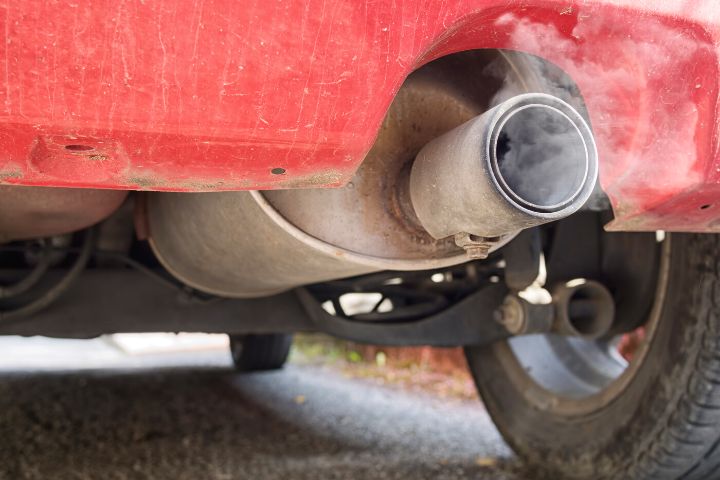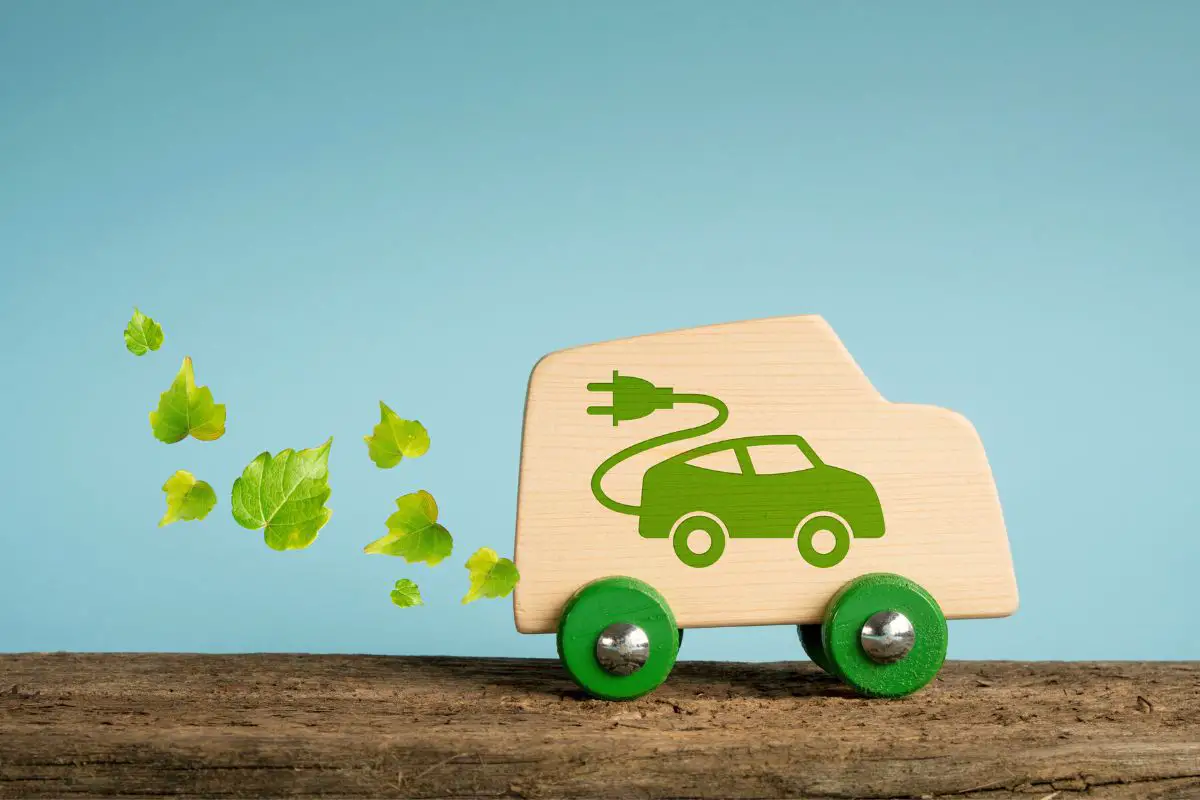10 Types of Eco-friendly Transport
Eco-friendly transportation is swiftly becoming a trending conversation for all eco-conscious individuals. The use of transportation methods that cause less harm to the environment is important to addressing issues of carbon footprint, as well as many health problems young professionals face with long commutes!
If you are curious about reducing your environmental impact by exploring all of the options for types of eco-friendly transportation, this guide is for you.
Read on to learn more about why it is important to explore all of the options for types of eco-friendly transportation, 10 types of eco-friendly transportation, how to find eco-friendly transportation, the impact of normal transportation on health and the environment, and FAQs about eco-friendly transportation.
Related Articles: Electric Car Carbon Footprint and How to Reduce Your Carbon Footprint
Electricity Consumption and Energy Consumption
Before we dive into eco-friendly transportation, let’s first take a look at electricity consumption and energy consumption. Electricity consumption refers to the amount of electricity used by a person or a household in a given period of time. Energy consumption refers to the amount of energy used by a person or a household in a given period of time.
It is important to understand these terms because they are related to the carbon footprint and carbon emissions of a person or a household. The carbon footprint is the amount of carbon dioxide and other carbon compounds emitted due to the consumption of fossil fuels. Carbon emissions are the release of carbon dioxide and other greenhouse gases into the atmosphere as a result of burning fossil fuels. The average emissions per person in the United States is around 16 metric tons per year.
What is Eco-friendly Transportation?
Eco-friendly transportation is any form of transport that has a low impact on the environment. Currently, there are several types of energy used for transportation, such as petroleum-based fuels (gasoline, diesel, etc.), electricity, natural gas, and biofuels.

Is it Important to Explore Eco-friendly Transportation?
Yes! It is important to reduce our environmental impact by exploring all of the options for types of eco-friendly transportation because it can help to slow climate change, preserve resources, reduce air and water pollution, and protect wildlife habitats. Additionally, sustainable transportation is important because it can reduce air pollution, improve public health, reduce noise pollution, reduce traffic congestion, save energy and money, and more.
It is also important to note that transportation is one of the biggest carbon footprint emitters in the United States, responsible for 28% of total U.S. greenhouse gas emissions in 2018.
10 Types of Eco-Friendly Transportation
Now that we have discussed why it is important to explore all of the options for types of eco-friendly transportation, let’s take a look at 10 types:
- Electric vehicles: Electric vehicles are powered by an electric motor rather than an internal combustion engine, and they use electricity as their fuel source.
- Hybrid vehicles: Hybrid vehicles are powered by an internal combustion engine as well as an electric motor, and they use gasoline as their fuel source.
- Bicycles: Bicycles are human-powered vehicles that use no fuel.
- Electric scooters: Electric scooters are powered by an electric motor and use electricity as their fuel source.
- Walking: Walking is a human-powered form of transportation that uses no fuel.
- Public transportation: Public transportation such as buses, trains, or subways use electricity or petroleum-based fuels as their fuel source.
- Carpooling: Carpooling is when two or more people share rides in one car instead of each person driving separately in their own car. This reduces the number of cars on the road and helps to conserve fuel.
- Ridesharing: Ridesharing is when people use a rideshare app to book a shared ride with someone else going in the same direction. This reduces the number of cars on the road and helps to conserve fuel.
- Electric bicycles: Electric bicycles are powered by an electric motor and use electricity as their fuel source. They can be pedaled like a regular bicycle but also have an electric motor to assist with propulsion.
- Electric skateboards: Electric skateboards are powered by an electric motor and use electricity as their fuel source. They are similar to a traditional skateboard but have an electric motor to assist with propulsion.

How to Find Eco-Friendly Transportation
There are several ways that you can find eco-friendly transportation options depending on your individual situation and needs, such as:
- Commuting: Commuting to work or school is one way that you can find eco-friendly transportation options such as carpooling, ridesharing, public transportation, or electric vehicles or scooters.
- Travel: When traveling for leisure or business, you can find eco-friendly transportation options such as carpooling, ridesharing, public transportation, or electric vehicles or scooters. You may also want to consider walking or biking if your destination is close enough to do so safely.
- Work Transport: Depending on where you work and how far away it is from your home, you may be able to find eco-friendly options such as carpooling, ridesharing, public transportation, or electric vehicles or scooters for work transport.
Impact of Normal Transportation on Health & Environment
Traditional forms of transportation, such as cars powered by gasoline, emit pollutants into the air, which can have negative impacts on human health, such as increased risk of respiratory illnesses, heart disease, cancer, and more. Additionally, traditional forms of transportation, such as cars, pollute the air, which can have negative impacts on the environment, such as air pollution, climate change, water pollution, soil contamination, habitat loss and destruction, and more.
Air pollution is caused by the release of particulate matter and gases such as carbon dioxide, nitrogen oxides, sulfur oxides, and volatile organic compounds. These pollutants have a range of adverse effects on the environment and human health, such as acid rain, smog, and photochemical smog.
Climate change is caused by the release of carbon dioxide and other greenhouse gases, which trap heat in the atmosphere and cause global warming. This leads to an increase in average temperatures and changes in weather patterns, which can have devastating effects on ecosystems, agriculture, human health, and more. Water pollution is caused by the release of pollutants such as heavy metals, organic compounds, and other substances into water sources.

These pollutants can contaminate drinking water, disrupt aquatic ecosystems, and even cause fish kills. Soil contamination is caused by the release of pollutants such as heavy metals, organic compounds, and other substances into the soil. This can lead to the contamination of crops, the disruption of ecosystems, and even the contamination of groundwater sources.
Habitat loss and destruction occur when traditional forms of transportation, such as cars powered by gasoline are used. This can result in the destruction of forests and other habitats, which can have devastating effects on ecosystems and wildlife. All of these various forms of environmental damage caused by traditional forms of transportation have caused a wide range of negative impacts on human health and the environment. Therefore, it is important to explore alternative forms of transportation that are safer for the environment.
By making the switch to these types of transportation, we can help reduce pollution and protect our environment for future generations.
Should I Switch to Eco-friendly Transportation?
It is important to explore all types of eco-friendly transportation options in order to find one that works best for you and has the least impact on the environment.
Choosing an eco-friendly transportation option helps you actively reduce your environmental impact by reducing greenhouse gas emissions which contribute to climate change; preserving resources; reducing air and water pollution; protecting wildlife habitats; reducing air pollution; improving public health; reducing noise pollution; reducing traffic congestion; saving energy and money; and more!
FAQs

What should I keep with me on eco-friendly transportation?
Depending on what type of eco-friendly transportation you are using, you may want to keep items such as a helmet for biking or electric scooters; a rechargeable battery for your electric vehicle, water and snacks for long journeys; maps or directions if needed, a phone charger if available.
What is the most eco-friendly transportation?
The most eco-friendly form of transportation will depend on your individual situation and needs, but some popular options include walking or biking. You can also try taking public transit; carpooling; ridesharing, and, finally, using electric vehicles, scooters, bicycles and skateboards. Is green transportation the same as eco-friendly or sustainable transportation?
Green transportation is often used interchangeably with eco-friendly and sustainable transportation, but they do not always mean the same thing – green transport usually refers to any form of transport that has a low impact on the environment, while eco-friendly or sustainable transport usually refers specifically to forms that use renewable energy sources like electricity or biofuels – so not all green transport is necessarily eco-friendly or sustainable, but all eco-friendly or sustainable transport would be considered green transport.
Is eco-friendly transportation the same as non-gas using transportation?
Eco-friendly transportation does not necessarily mean non-gas use – some forms, such as hybrid vehicles, still use gasoline, but they have fewer emissions than traditional gas-powered cars, so they could still be considered eco-friendly even though they do not use exclusively renewable energy sources like electric vehicles do.





